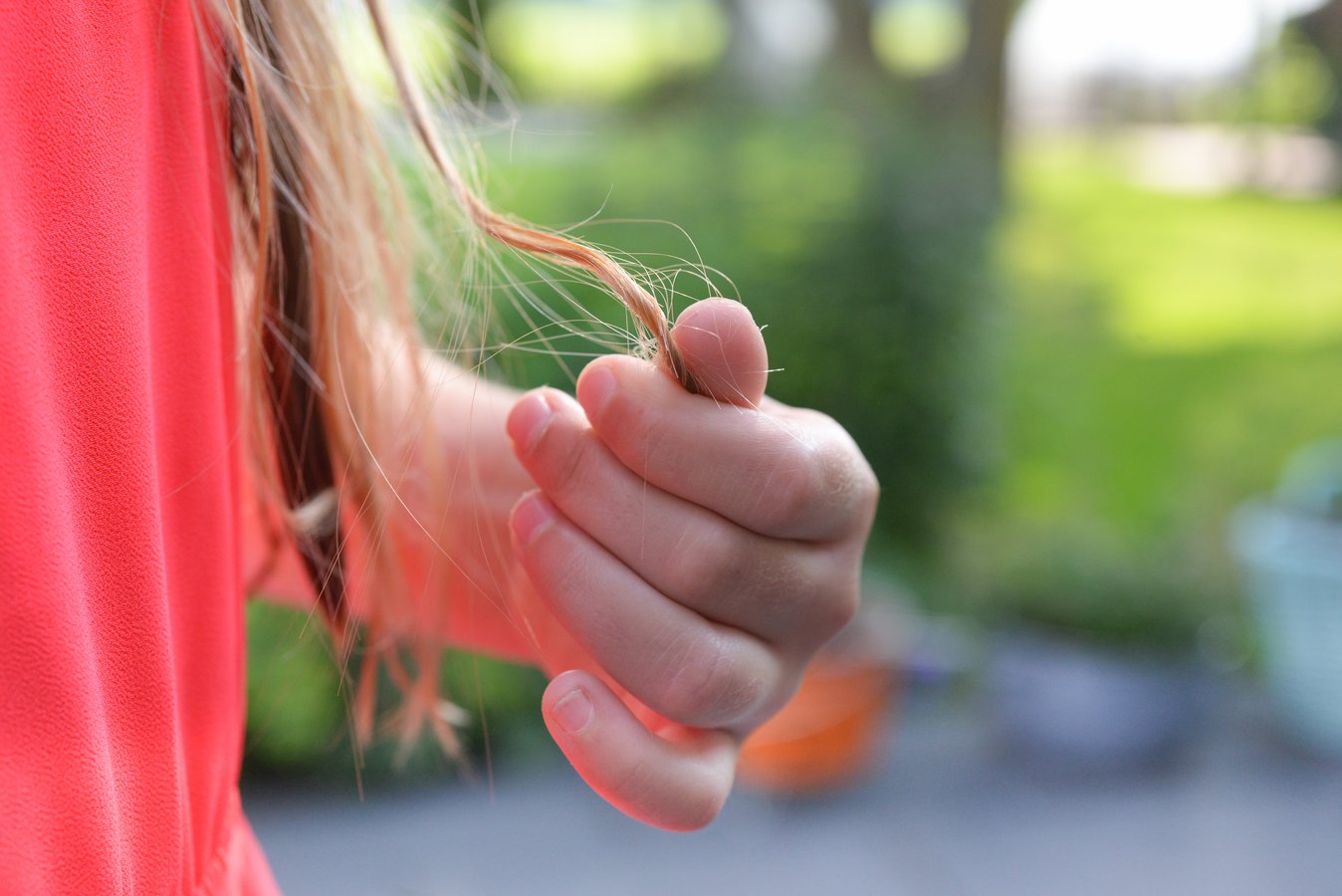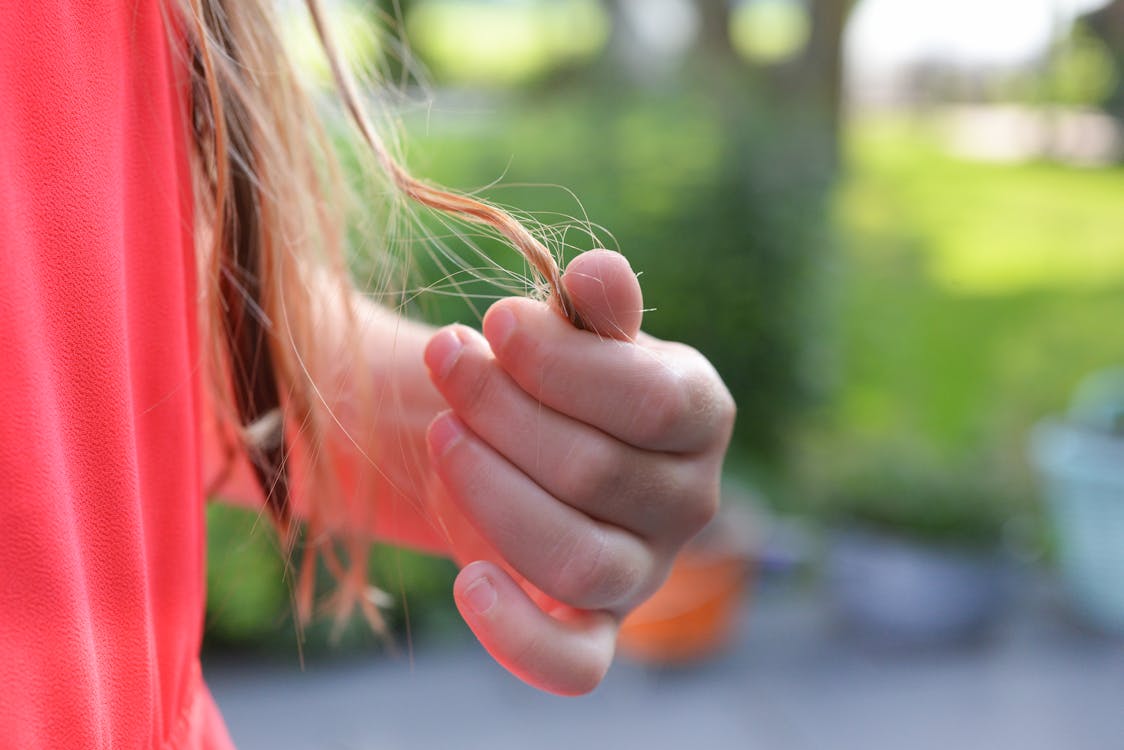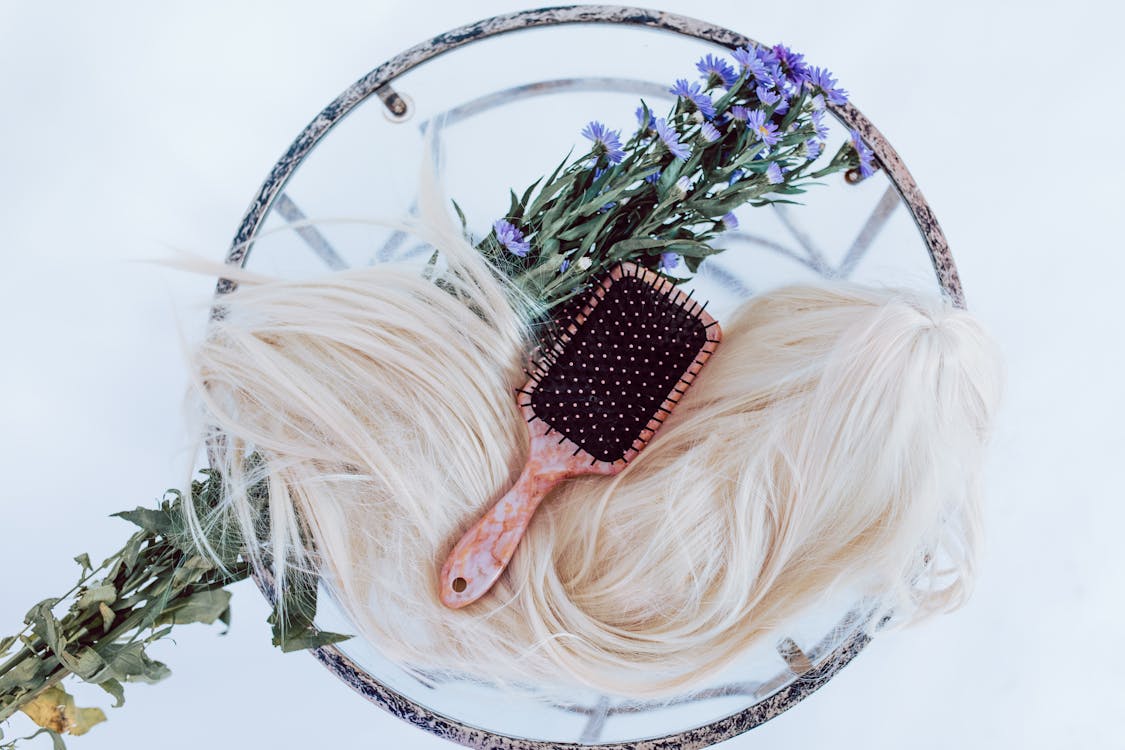Alopecia in Women: Causes, Signs, Symptoms & Treatment
6 minuteRead

If you’re someone who thought hair loss was only a guy thing, you’re mistaken. Women too can lose their crowning glory. While it’s normal for women to lose 50-100 strands of hair per day, it becomes problematic when they lose much more. It is actually a condition wherein the hair’s growing phase slows down. It is referred to as alopecia or female pattern baldness. Studies reveal that close to 40% of women aged 70 years or more experience alopecia. Alopecia in women is said to badly affect their confidence and self-image. Certain women even experience alopecia at a younger age. Though such kind of hair loss in women is considered to be inherited, there are several other causes of alopecia.
Causes of Alopecia in Women
Before we understand the causes of alopecia, it is important to know the normal process of hair growth. Normally, the hair follicle that is below the skin’s surface is responsible for producing the hair shaft. Each follicle undergoes a slow growth cycle which consists of growth, absorption, and rest. Over a period of time, hair damage or hair loss can occur which completely changes the hair cycle, follicle, and shaft. It takes longer for new hair to grow. Owing to the shrinkage of hair follicles, the growth appears to be thinner and finer. At this stage, the hair might even break easily.
In male-pattern baldness, hair loss usually begins at the front of the head. However, in women, they lose their hair from all over their head, starting at their part line and temples.
Most doctors categorize female-pattern baldness into three types:
- Type 1 – small amount of thinning that starts around your part
- Type 2 – widening of the part and increased thinning
- Type 3 – thinning throughout with a large area of your scalp visible
Although genetics is one of the major causes of alopecia, there are other factors too that contribute to the development of this condition in women. Some of them are:
- Aging
- Heavy loss of blood during period
- Changes in the levels of androgens (male-stimulating hormones)
- Regular consumption of oral contraception pills
- Family history
- Underlying endocrine condition
- Severe acne
- Irregular period
- Smoking
Types of Alopecia
Though alopecia is often referred to as a generalised term when referring to female-pattern baldness, in reality, there are three different types of alopecia:
- Telogen Effluvium: There are no two thoughts about the fact that stress affects the body in multiple ways. You’d be shocked to know that it even affects the hair growth. During a stressful event, the body causes more hair than normal to enter the resting phase. This form of alopecia is referred to as Telogen Effluvium. The body sheds an unusually large amount of hair. Some stressful conditions that cause Telogen Effluvium include thyroid disorders, pregnancy, major surgery and deficiency disorders.
- Androgenetic Alopecia: This is the most common type of alopecia that usually occurs in most women. In this condition, normal hair growth is replaced with smaller hair follicles. The first sign of androgenetic alopecia is hair thinning. For example, the ponytail may become smaller. However, women do not experience complete hair loss. The hairline remains intact.
- Alopecia Areata: This is an autoimmune condition that causes sudden hair loss in women. When the immune system is not functioning properly, it tends to attack the hair follicles. It typically results in round patches of hair loss. It either causes loss of hair from the entire scalp or the entire body.
Signs, alopecia symptoms female and Diagnosis of Alopecia
As mentioned earlier, the pattern of hair loss is different in women than in men. Usually, thinning of the hair occurs on the crown and frontal scalp. Also, complete hair loss is very rare. If you’re someone who is experiencing persistent hair fall, watch out for these signs:
- Unusual hair thinning on the top and crown of the scalp. It almost resembles a Christmas tree.
- The front hairline remains unaffected. However, small round patches begin to appear on the sides.
- The hair loss is gradual but it never reaches total baldness
- If the condition is accompanied by stimulating androgens, the hair on the head becomes thinner while the hair on the face will be coarser.
If you’re experiencing hair thinning, you should see a dermatologist ASAP. Most hair fall or hair loss conditions are determined only after thorough in-person examination. To diagnose female-pattern baldness, testing is very rare. However, if a person is experiencing hair fall in several areas of the body, a blood test is carried out to check thyroid levels, iron, androgens and other substances that affect hair growth. Even the medical history is studied to rule out any other possible condition.
Alopecia female hair loss treatment & Managing Hair Loss
If you’re experiencing hair loss, the first step is to get it diagnosed early. A dermatologist will be able to tell you if it is female-pattern baldness or not. In most cases, hair loss is moderate. If you’re comfortable with your appearance, you may not even require treatment.
Currently, there is only one drug approved by the U. S. Food and Drug Administration (FDA) to treat female-pattern baldness. It is called minoxidil. When applied to the scalp every day, it can significantly promote hair growth. Though, it won’t restore your hair growth completely, it will help your hair grow back marginally thereby giving it a thicker appearance. Don’t expect to see results overnight. It usually takes six months to a year. Discontinuing minoxidil will stop the working and retard hair growth. Like any other medication, minoxidil has certain side-effects too. Some of these include: redness, dryness, itchy scalp and unusual hair growth on other parts of the body such as cheeks.
Before you start or finish any treatments for alopecia, always contact an experienced health practitioner or dermatologist. They will be able to guide you on the course of action. 
Hair Loss Coping Mechanisms & Self-Care
Although hair loss can be treated, the psychological impact lasts for a very long time. In fact, the entire experience can be very traumatic for women. It is even more than men because women place more importance on their physical appearance. The kind of hair a woman has can make or break their look. They even take a lot of pride in styling and colouring it from time to time. With continuous hair loss, the ability to alter the hair goes completely. This can result in a poor body image, social anxiety and poor self-esteem.
Though alopecia affects a certain percentage of women, not everyone is psychologically affected. Some women are less bothered and accept it openly. Only a certain percentage find it extremely unsettling. Some women even go into depression and experience other types of psychological illnesses.
The sooner women find a way to cope with alopecia, the better. Here are some coping mechanisms that will help:
- Accept it: Although it’s easier said than done, the first step is to come to terms with the hair loss. One way to achieve this is by ignoring the negative and focusing on the positive. Draw attention to your good qualities and wear smart clothes to draw attention away from the scalp. When you start celebrating the positive aspects of your body, you will be in a better place.
- Look for Support Groups: Being in the company of those who are experiencing the same condition as you can really help. Look for support groups on social media where you can meet and socialise with women who are dealing with alopecia. You can also discuss your hair loss with friends, family and loved ones. This will help you deal with it better. When you let them know how you feel about it, you can cope with the condition better.
- Be Patient: Although alopecia treatment promises hair regrowth, it is not instant. It can take months or years. The key is to be patient. Also, try not to think about it because if you do, the hair regrowth might take longer despite the treatment.
- Cover Up: In the market today, you will find several accessories to cover up your hair loss. Look for wigs, hair extensions, caps and scarves that suit your personal style. However, covering up is not mandatory. You can even flaunt your flaws in style.
- Avoid Miracle Products: Don’t fall prey to phoney advertisements that claim your hair will regrow in months using their products. There are no wonder products for hair loss.
- Change your Lifestyle: To prevent any kind of hair condition, making certain lifestyle changes always helps. Start with a healthy diet - Include dark green leafy vegetables and beans, avoid treatments that damage the hair, quit smoking and wear a cap whenever you step out in the sun.
Alopecia is a serious hair condition and should not be taken lightly. If you know someone who is experiencing unusual hair loss or hair fall, share this article with them. Remember, when addressed quickly, there are various minimisation strategies. With the right support, alopecia in women can be fought.
Write, Record and Answer! Consume Unlimited Content! All you need to do is sign in and its absolutely free!
Continue with one click!!By signing up, you agree to our Terms and Conditions and Privacy Policy.










